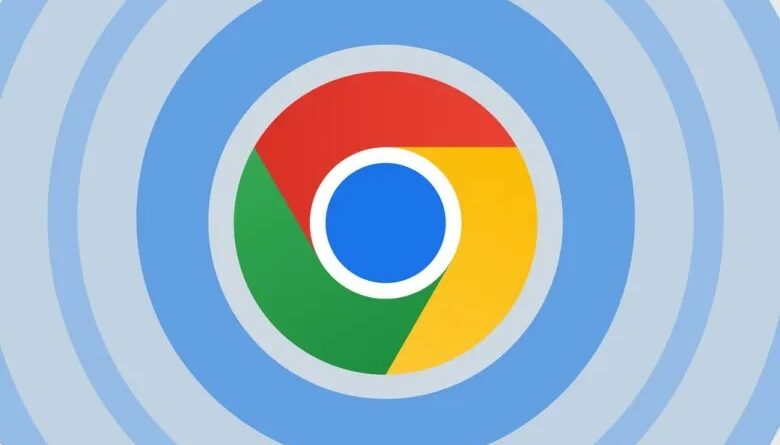Google introduces WebGPU technology for next-gen gaming in your browser
Google has announced that WebGPU, an API that gives web apps more access to your graphics card’s capabilities, will be enabled by default in Chrome 113, which is due out in about three weeks. WebGPU will be available on Windows PCs that support Direct3D 12, macOS and ChromeOS devices that support Vulkan.
According to a blog post, WebGPU can enable developers to achieve the same level of graphics they can now achieve with far less code, and offers “more than three-fold improvements in machine learning model inferences.” The latter is a real hoot – the improved machine learning performance was interesting in 2021, when the feature was added to Chrome on an experimental basis, but now that we’re in the age of generative AIs and big language models, it might even be more of a boon. While services like Google’s Bard and Microsoft’s Bing don’t really leverage your local hardware, there’s plenty of room for cool machine learning applications that do.
Of course, it could also allow developers to write better-looking games for your browser. Babylon.js has a pretty impressive demo that you can run if you’re using the Chrome beta.
That doesn’t look bad for something running in a web browser on a Mac.
Google says this month’s release “serves as a building block for future updates and improvements” and promises “advanced graphics capabilities” and “deeper access to shader cores” in the future, along with improvements in how you actually develop content that runs on WebGPU .




